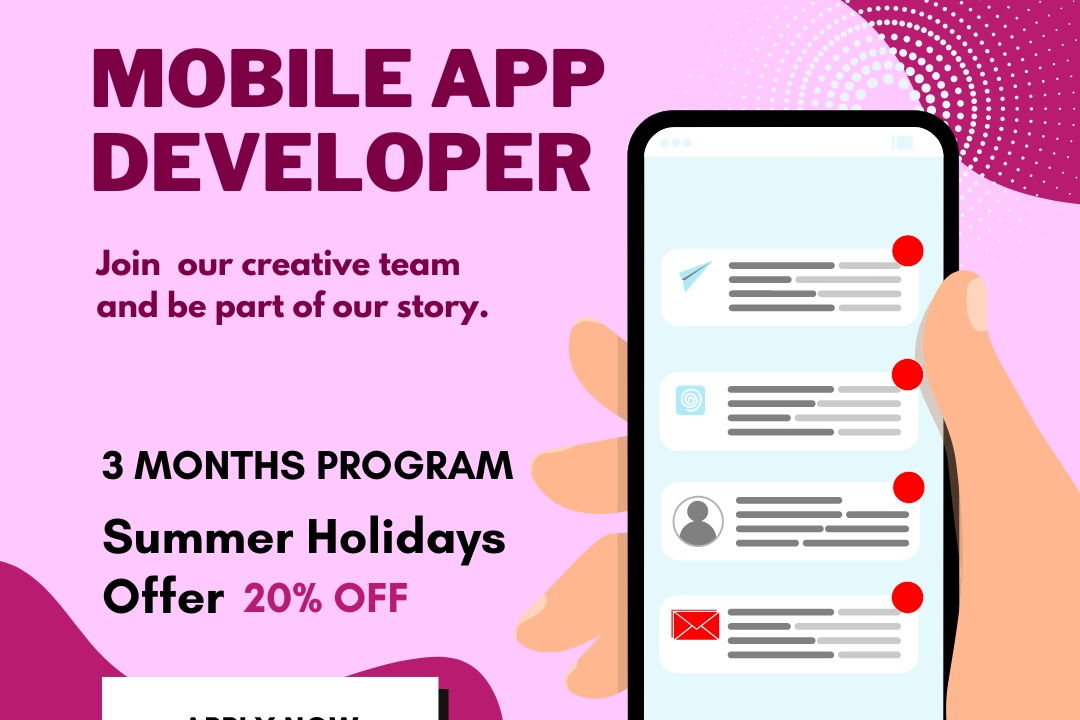Json Parsing
Understanding JSON Parsing: A Comprehensive Guide
Json Parsing
JSON parsing is the process of converting a JSON (JavaScript Object Notation) formatted string into a data structure that can be easily used within a programming language, such as an object or a dictionary. JSON is a lightweight data interchange format that is easy for humans to read and write, and easy for machines to parse and generate. When parsing JSON, a function or library reads the string representation of the JSON data, verifies its syntax, and constructs the corresponding data structures (like arrays and objects) in memory, allowing developers to access and manipulate the data programmatically. Most programming languages provide built-in functions or libraries for JSON parsing, such as `JSON.parse()` in JavaScript and `json.loads()` in Python. Proper parsing also includes error handling to manage cases where the JSON is malformed or does not match the expected structure.
To Download Our Brochure: https://www.justacademy.co/download-brochure-for-free
Message us for more information: +91 9987184296
1 - What is JSON?
JSON (JavaScript Object Notation) is a lightweight data interchange format that is easy for humans to read and write and easy for machines to parse and generate. It is often used for APIs.
2) Structure of JSON Data
JSON data is represented as key value pairs, where keys are strings and values can be strings, numbers, objects, arrays, booleans, or null.
3) JSON Syntax
JSON syntax is strict. It uses double quotes for strings, and the structure must be properly nested and spaced. Missing commas, wrong quotations, or misplaced brackets lead to parsing errors.
4) Why Parse JSON?
JSON parsing is essential to converting JSON formatted text into a language specific object that can be manipulated within your application, such as accessing values, updating data, or storing it in databases.
5) JSON vs. XML
JSON is more lightweight compared to XML, which makes it faster to parse. JSON is also easier to read and write, particularly for humans.
6) Parsing JSON in JavaScript
Use `JSON.parse()` for converting a JSON string into a JavaScript object, and `JSON.stringify()` to convert a JavaScript object to a JSON string.
7) Error Handling
When parsing JSON, it is crucial to handle errors that may arise due to invalid syntax. Using try catch blocks can help prevent runtime errors and allow for graceful error handling.
8) Using JSON in APIs
Many web APIs return data in JSON format. Understanding how to parse this data is key to working effectively with APIs and utilizing the returned information in your applications.
9) Deserializing JSON
The process of converting JSON strings into usable data structures or objects is called deserialization. This is the reverse of serialization, where data structures are converted into strings.
10) JSON Libraries
Various programming languages have libraries to facilitate JSON parsing. For example, Python has the `json` library, and Java has `org.json` and Jackson. Familiarize yourself with these tools for efficient parsing.
11) Nested JSON Objects
JSON supports nested objects and arrays. Understanding how to traverse and manipulate nested structures is important for accessing deep data hierarchies.
12) JSON Schema
JSON Schema is a powerful tool for validating the structure of JSON data. Learning how to create and use schemas can help ensure that JSON documents adhere to predefined formats.
13) Security Considerations
When parsing JSON from untrusted sources, be aware of potential security vulnerabilities such as injection attacks. Always validate and sanitize incoming data before use.
14) Performance
JSON parsing can be resource intensive depending on the size of the data. It’s important to optimize parsing strategies, especially in applications handling large datasets.
15) Practical Applications
JSON parsing is widely applicable in web development, mobile apps, server side programming, and data interchange between systems. Understanding its use cases can broaden development skills.
16) Browser Developer Tools
Most modern browsers have built in developer tools that allow you to inspect network responses. You can view and analyze JSON data being parsed by your applications.
17) Real world Examples
Engaging students with real world examples of JSON parsing—such as fetching user data from a REST API or handling configuration files—can deepen their understanding and practical skills.
This structured outline provides a comprehensive training program on JSON parsing that spans fundamental concepts to advanced applications, ideal for students to learn effectively.
Browse our course links : https://www.justacademy.co/all-courses
To Join our FREE DEMO Session: Click Here
Contact Us for more info:
salesforce course in mumbai
mern stack vs mean stack
iOS Training in Baripada Town
Java Full Stack Interview Questions 2024
Learning Path











